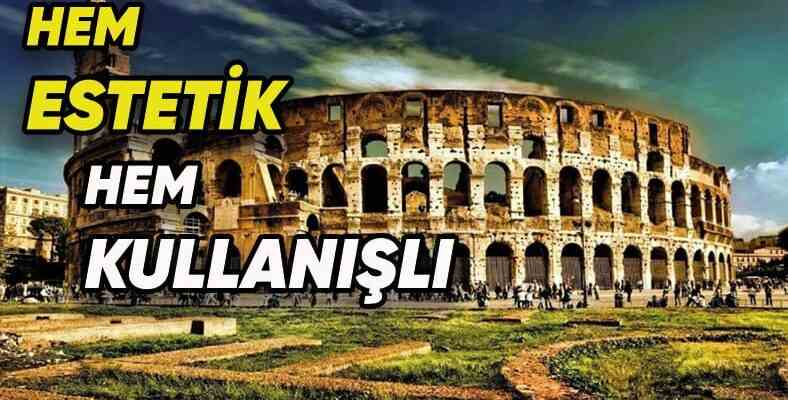The Roman Empire, one of the greatest states that history has ever seen, has left permanent traces in history in terms of art as well as its political power. In addition to having left important works of Roman architecture in the lands it dominated for hundreds of years, it has managed to make a name for itself even today thanks to these features.
Undoubtedly, one of the greatest and most important states in history is the Roman Empire. What makes it so important, of course, is primarily its political structure, but besides this, its traces in art, especially in architecture, are so unique that it impresses even today. The architectural understanding we call Roman architecture, For hundreds of years, important artifacts were left in the lands dominated by the empire.
Although Roman architecture bore traces of previous civilizations, it was not at all like them. Making the best use of the conditions of the period, Roman architects succeeded in constructing buildings that managed to carry the traces of history but also had unprecedented techniques. Bride Let’s take a closer look at Roman architecture and let’s see some of its key features that make it unique even today.
It is important to understand the place of Roman architecture in the historical process:
Also known as ancient Roman architecture The first century BC is accepted as the beginning of Roman architecture. After that, things get a little messy. When Christianity was accepted as the official religion of the Roman Empire in the 3rd century AD, Roman architecture also became known as Christian architecture.
In fact, the style we call Roman architecture ends in the 5th century AD. After the division of the Roman Empire into West and East and the collapse of the Western Roman Empire surviving Eastern Roman Empire In other words, Roman architecture continued during the Byzantine Empire period. However, the architectural style in this period, which lasted until the 15th century AD, is called Byzantine architecture.
Roman architecture developed unique innovations and idiosyncratic methods:
The hallmark of Roman architecture is concrete. However, before concrete was used, the Romans, Italy and its surroundings were abundant. they used a volcanic stone called tuff. Travertine stone, which adds durability to the structures along with tuff, was also used until the end of the 2nd century BC. Travertine was generally used as an alternative to marble.
Marble, which is considered a kind of luxury and unnecessary exaggeration, It came into fashion with the Emperor Augustus. In fact, Augustus; ‘I found Rome as a city of bricks, I leave it as a city of marble.’ He praised the use of marble in his period.
The method we call Roman concrete was found at the beginning of the 2nd century BC, but By adding volcanic sands during the Roman architecture period, made the strongest. Due to the fact that this concrete is as fluid as it is strong, much more creative forms have been opened up in the architectural structure.
Arches, which are the first feature that comes to mind when Roman architecture is mentioned, became made thanks to this concrete structure. During the construction of the arch, the stones are arranged in the form of a wedge. and there is a main stone in the middle that provides the center of gravity. We saw that we are making an arch, why not develop it, the Roman architects built domes and changed the world architectural history in a way that would never be the same again.
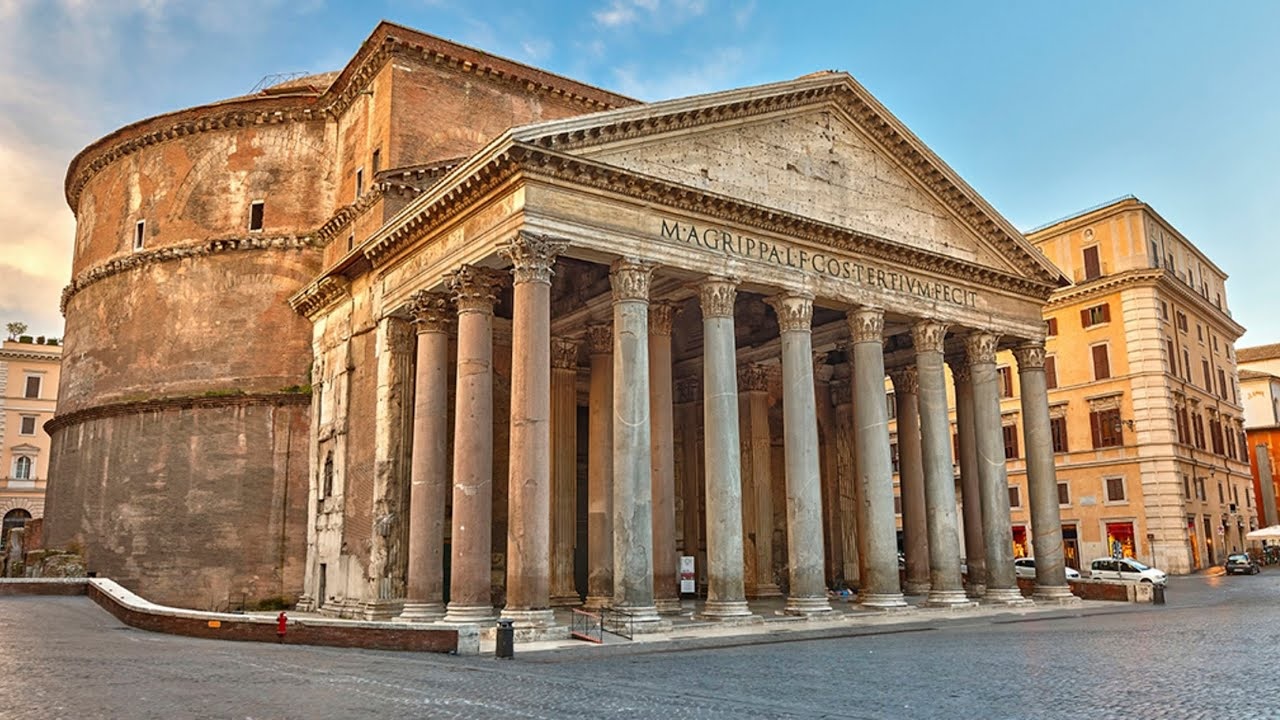
The types of structures that emerged in Roman architecture were both beautiful and useful:
Roman architecture and Greek architecture are often confused. That’s right because they have similar properties. But if we need to talk about a fundamental difference between them, we can say usability. The buildings made in Persian, Egyptian and Greek architectures look incredibly cool from the outside, but when you say let’s go inside and do something inside, you will not encounter very useful buildings.
Roman architecture changed this and built forums. Forums were large buildings with open spaces. These were the heart of cities. These forums contained temples, courts, marketplaces, and meeting areas. Of course, there were many porticoes, columns, arches and fountains that provided aesthetics in these useful structures.
Of course, if we consider the conditions of the period, the Roman architecture It must be said that it works best for the rich. Townhouses called domus and farmhouses called villas were built for the wealthy during this period. Of course, because the rich wanted to be remembered after they died, structures such as the tomb of Baker Eurysaces were also built. Well done, because each of these structures gives us different ideas about Roman architecture.
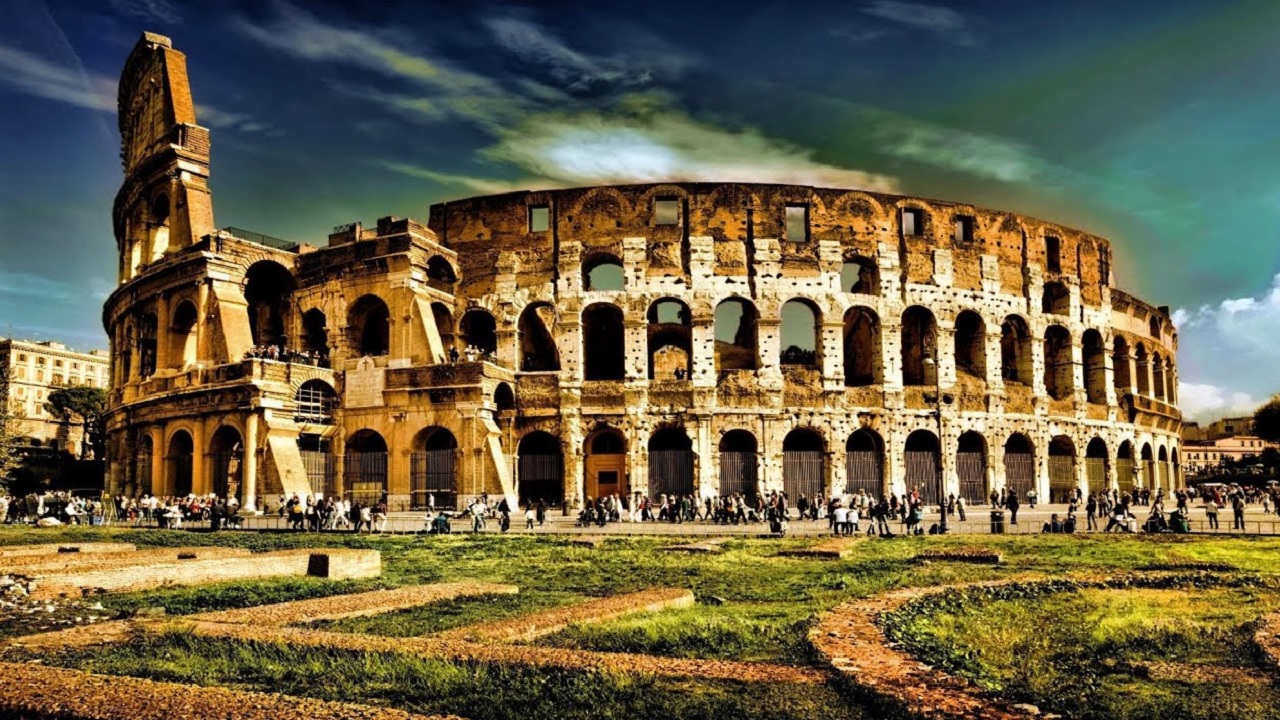
Aqueducts have inspired the whole world:
Aqueducts built in this period are also of great importance, as Roman architecture reveals elegant but useful structures. Thanks to the waterways built on the arches we know clean water needs of cities were met in the most hygienic way. Collective bath structures, which went down in history as Roman baths, also emerged with the spread of such aqueducts.
Of course, Roman architecture didn’t just make usable buildings like the metropolitan municipality, At the same time, entertainment centers were being built. Theaters were built for the most epic Greek tragedies, coliseums for gladiator and animal fights, tracks and circuses for chariot races.
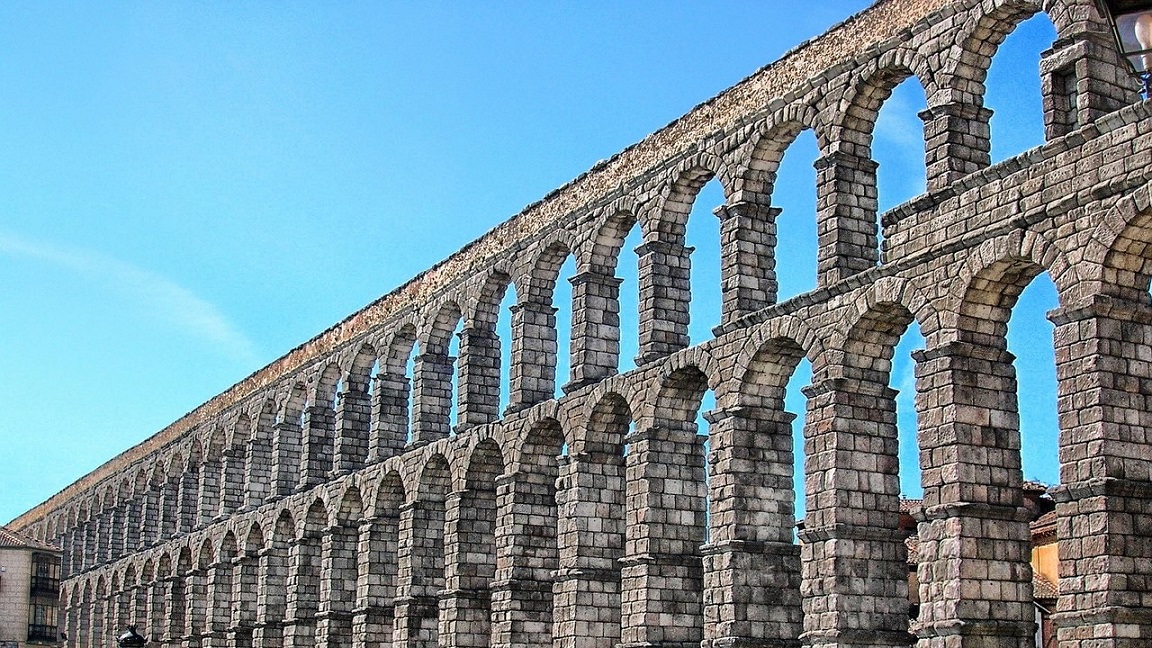
All roads lead to Rome:
The biggest reason for the development of Roman architecture is, the vastness of the empire’s territory. The fact that all such vast lands belonged to a single government meant that the messenger had to cross rivers, lakes, mountains, plains in order to convey a message.
For these reasons, road and bridge construction forms the basis of Roman architecture. Thanks to the bridges built by Roman architects Numerous rivers and canals have been crossed. Finely crafted stone-covered roads started from the Alcantara bridge in Spain and continued as far as Pera in Jordan. Every road leads to Rome because it was the Romans who built the roads.
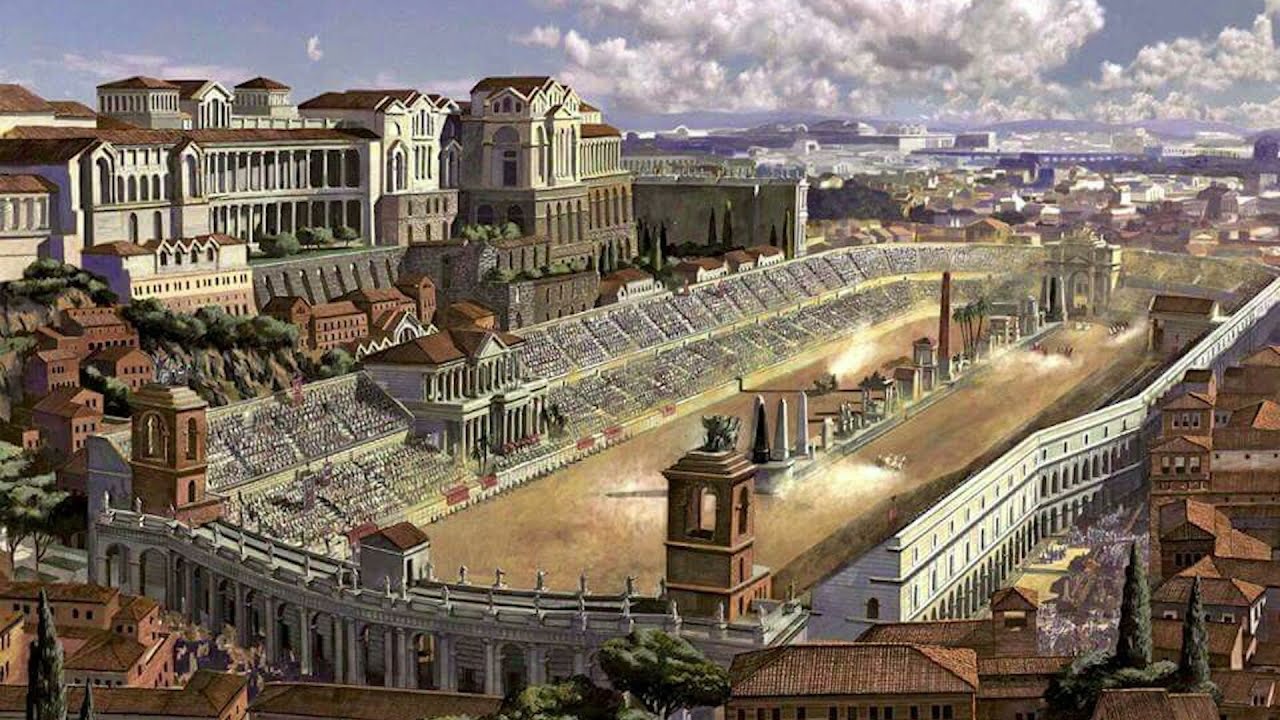
What about Roman architects?
Those fine architects must have mounted their horses and gone, for apart from a few meaningless names on the ruins We don’t know much about Roman architects. Some are thought to be freed slaves, some to be subordinates. Roman architects were responsible for every step of the project in question; they would design, engineer, undertake the contracting of the building, supervise the project and try to stay within the budget limits given to them. We don’t know if those who failed would be beheaded.
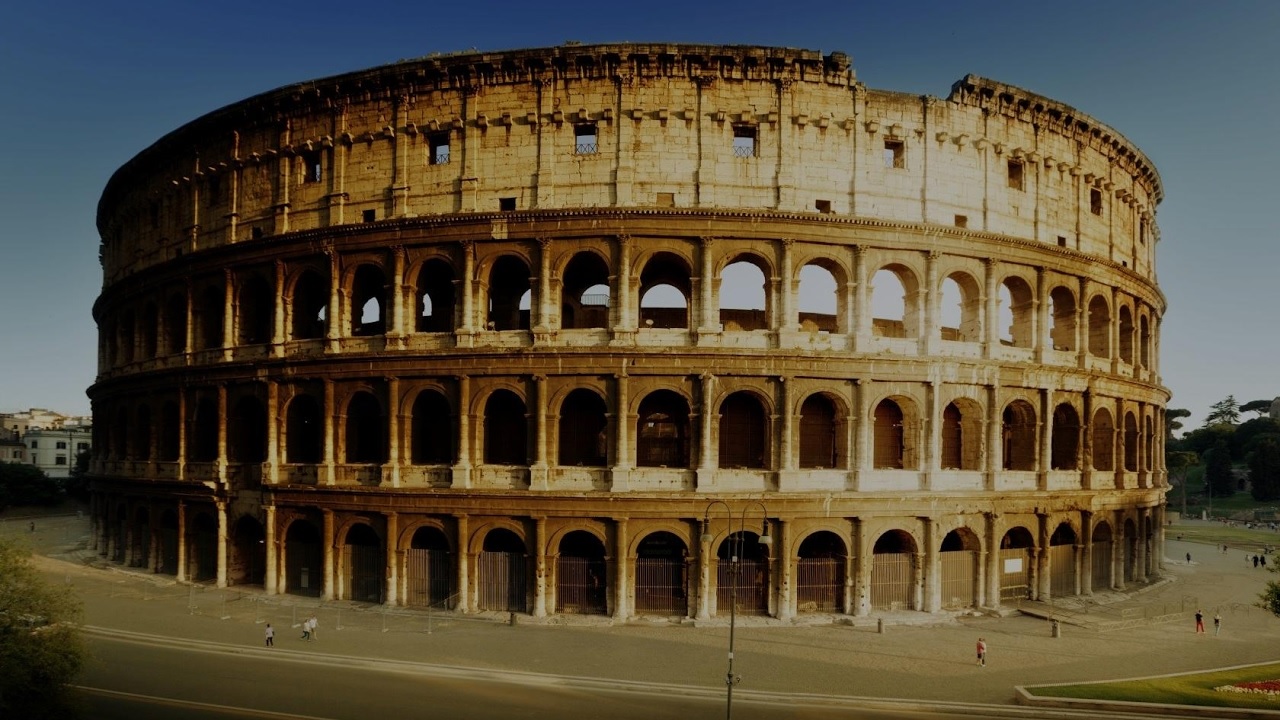
Artifacts of Roman architecture still standing:
- Palmyra / Syria
- Herculaneum / Italy
- Colosseum / Italy
- Baalbek / Lebanon
- Ostia Antica / Italy
- La Maison Carrée / France
- Umm Qays / Jordan
- Nîmes Arena / France
- Pompeii / Italy
- Roman Forum / Italy
Ranking the building blocks of world history one by one Details you need to know about Roman architecture and we talked about its prominent features. In fact, when we look at the features we have described, it is possible to say that Roman architecture affects even today after hundreds of years.
Source :
https://en.khanacademy.org/humanities/ancient-art-civilizations/roman/x7e914f5b:beginner-guides-to-roman-architecture/a/roman-architecture
